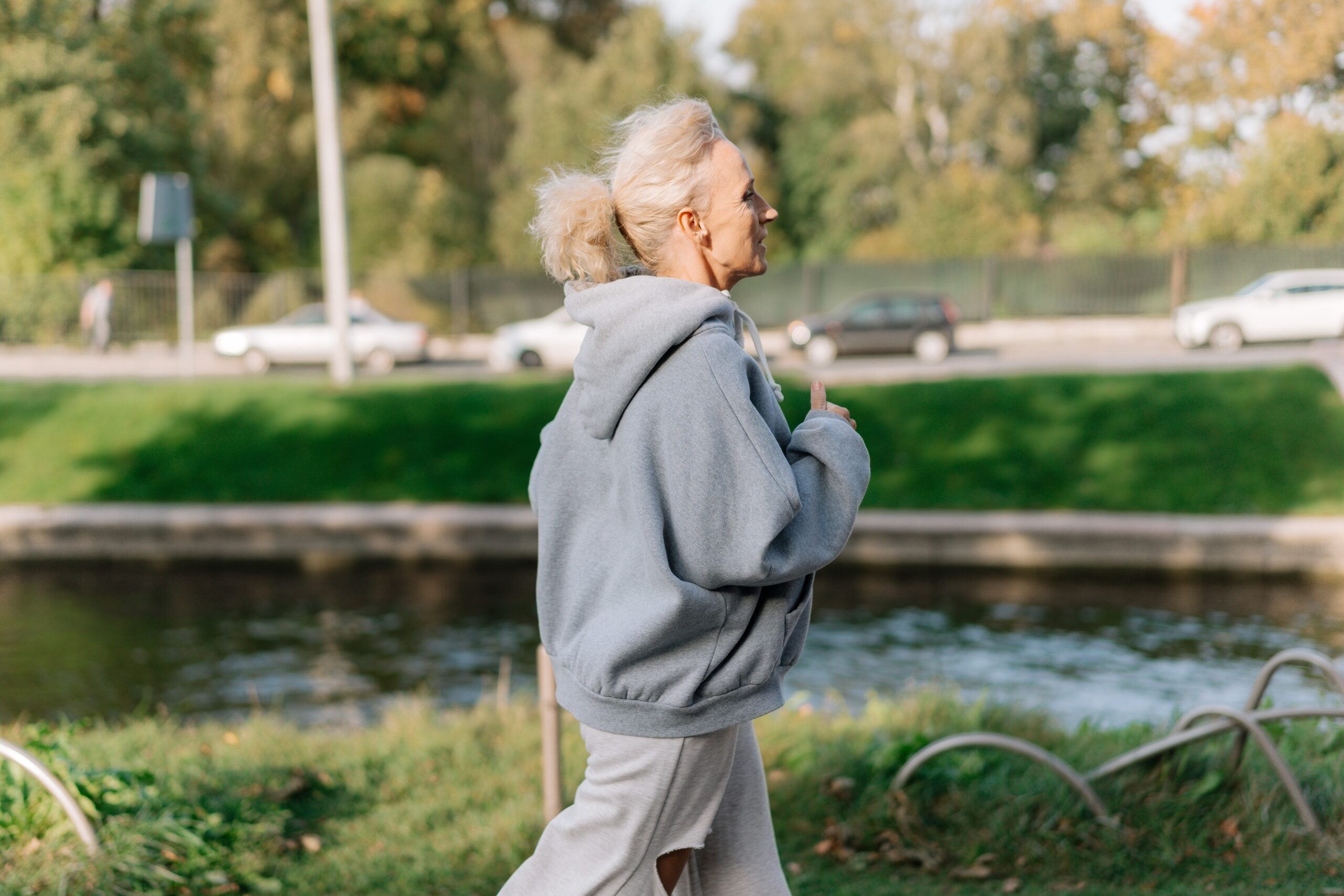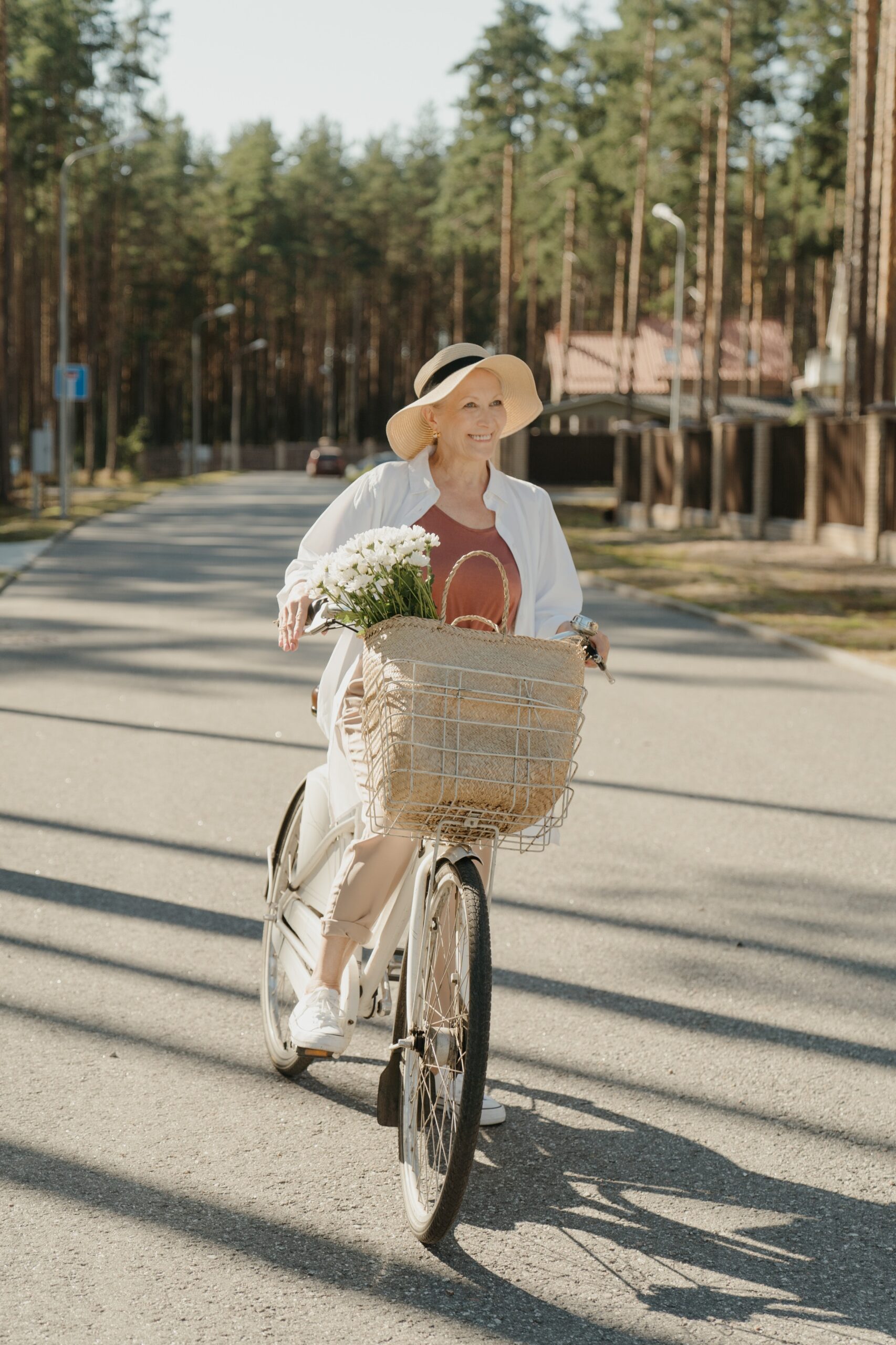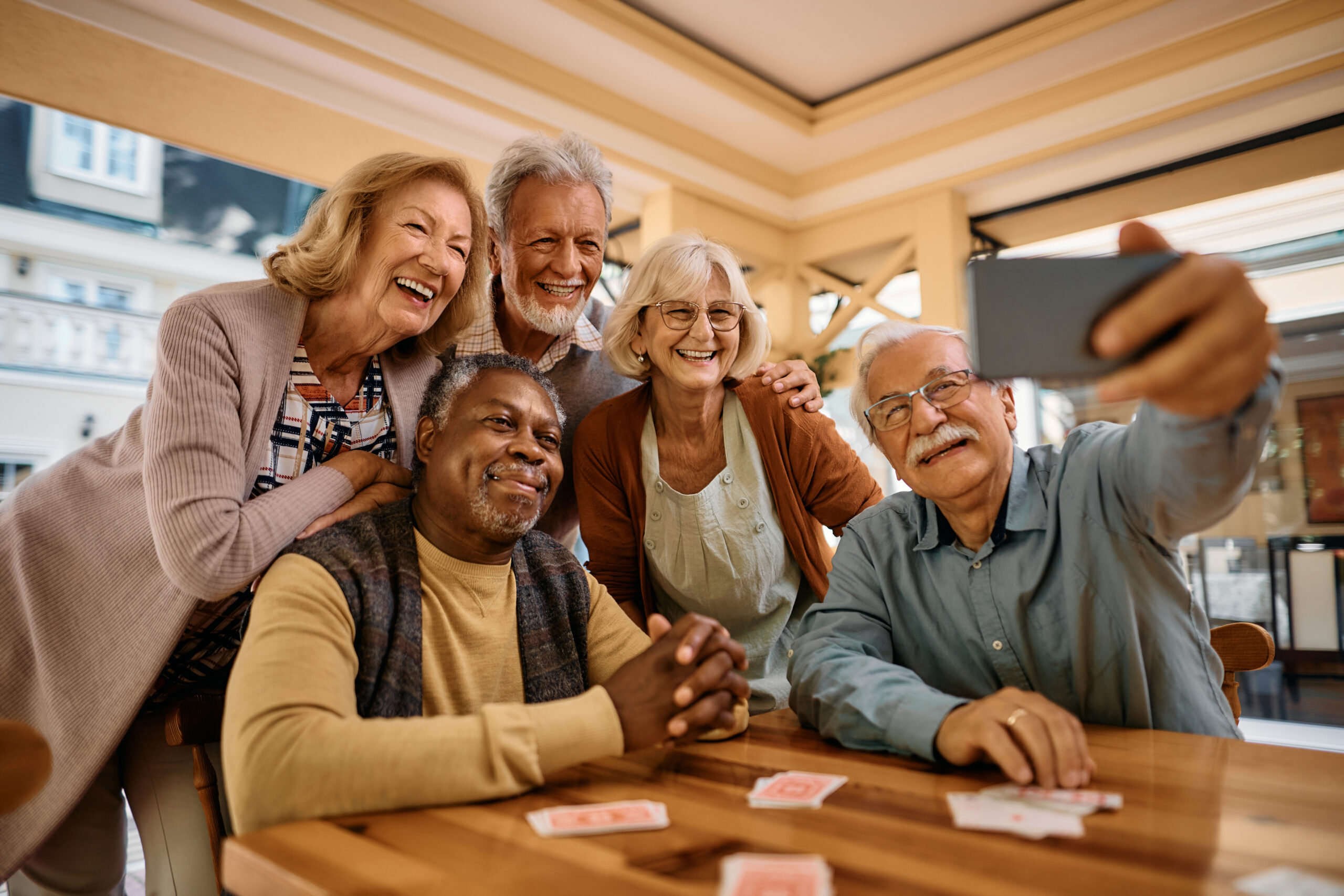5 Good Reasons Why Seniors Must Consider Social Engagement

In the golden years of our lives, when the hustle and bustle of professional commitments begins to wane, the importance of social engagement for seniors takes on a new significance. The concept of social engagement revolves around a person’s participation in activities that involve communication and interaction with others. For seniors, these activities can range from casual conversations with neighbors to participating in group activities.
Engaging socially not only helps keep the mind active and sharp, but also contributes significantly to the overall well-being of those 55 and older. However, for a myriad of reasons, many seniors become increasingly isolated and disconnected from their social circles as they age. This lack of social engagement can lead to numerous health issues and significantly decrease the quality of life.
In this context, it is vital to understand and promote the importance of social engagement for seniors. This engagement plays a significant role in maintaining and improving their physical, emotional, and mental health, ultimately aiding in the achievement of a fulfilling and vibrant life in their later years.
Importance of Social Engagement in Independent Senior Living Communities
In the realm of senior care, the significance of social engagement cannot be overstated. The traditional model of senior care focused primarily on meeting physical needs. However, over the past few decades, there has been a paradigm shift to a more holistic approach to senior care that recognizes the importance of social and emotional health.
The new holistic approach to senior care emphasizes the need for seniors to maintain active and fulfilling social lives. This shift in perspective acknowledges that social engagement for seniors is as essential as their physical health. Regular social interaction can help seniors feel more content, reduce feelings of loneliness and isolation, and even boost their cognitive function.
Moreover, social engagement provides seniors with a sense of purpose, increases their self-esteem, and gives them something to look forward to. It encourages them to stay active and involved, which can have a direct impact on their physical health and longevity.
Five Good Reasons Why Social Engagement for Seniors is Essential
- Improves Mental Health: Regular social engagement can help reduce feelings of loneliness and depression, common issues among seniors. By interacting with others, seniors can share their feelings, experiences, and stories, fostering a sense of belonging and understanding.
- Boosts Cognitive Function: Engaging in social activities promotes mental stimulation, which can help delay the onset of dementia and Alzheimer’s disease. Conversation, playing games, and participating in group activities all help to keep the brain active and healthy.
- Enhances Physical Health: Seniors who participate in social activities often lead to am more active lifestyle. Regular physical activity is associated with numerous health benefits, including improved cardiovascular health, increased strength, and better mobility.
- Provides Emotional Support: Social engagement offers an invaluable support network for seniors. Friends and peers can provide emotional support, offer advice, and lend a helping hand when needed, contributing to a better quality of life.
- Promotes a Sense of Purpose: Having regular social activities can give seniors a sense of purpose and something to look forward to each day. This feeling can significantly improve their overall happiness and satisfaction with life.
The Role of Social Engagement in Improving the Quality of Life for Seniors
Social engagement plays a pivotal role in enhancing the quality of life for seniors. By staying socially active, seniors can maintain their independence, improve their health, and enjoy a higher quality of life. Social engagement for seniors provides a sense of belonging and helps them stay connected to the world around them.
Moreover, social engagement can help seniors maintain their identity and self-worth. Participating in social activities allows them to continue playing an active role in society, contributing their skills, knowledge, and experiences. This participation provides a sense of accomplishment and validation, leading to improved self-esteem and a more positive outlook on life.
How Social Engagement Positively Impacts the Health of the 55+ Community
Social engagement has a direct and positive impact on the health of the elderly. Research has shown that seniors who maintain active social lives are less likely to experience cognitive decline and have lower rates of depression and anxiety.
Additionally, seniors who participate in social activities are more likely to engage in physical activity, which can lead to improved overall health, including better heart health, increased strength and mobility, and a lower risk of many chronic diseases. Furthermore, regular social engagement can also help seniors maintain a healthy weight, as they are more likely to eat regularly and have better nutritional habits when they engage with others.
The Correlation Between Social Engagement and Longevity
Numerous studies have found a strong correlation between social social engagement and longevity. Seniors who maintain active social lives tend to live longer, healthier lives compared to those who are isolated. Social engagement contributes to longevity by promoting mental, emotional, and physical health, all of which are critical factors for a longer life.
Moreover, the sense of belonging and community that comes from being socially active can reduce stress and anxiety, both of which have been linked to shorter lifespans. Thus, social engagement for seniors is not just about improving the quality of life; it’s also about adding years to it.
Overcoming Barriers for Seniors
While the importance of social engagement for seniors is clear, there can often be significant barriers to achieving it. These barriers can range from physical limitations, such as mobility issues or health conditions, to psychological barriers like fear or anxiety. Overcoming these barriers requires a multifaceted approach that addresses the physical, emotional, and social needs of seniors. Living at an active adult community that focuses on fostering this environment can go a long way.
Practical Ways to Increase Social Engagement for Seniors
There are several practical ways to increase social engagement for seniors. Here are a few suggestions:
- Join a Club or Group:There are numerous clubs and groups specifically designed for seniors. These groups can be a great way for seniors to meet new people and try new activities.
- Volunteer: Volunteering can be a rewarding way for seniors to stay active and engaged. It offers the chance to give back to the community and interact with people of all ages.
- Stay Active Online: The internet provides countless opportunities for social engagement. Seniors can connect with friends and family, join online groups, or even take virtual classes.
- Participate in Community Events: Local community events can be a fun way for seniors to get out and socialize. These events often offer activities that cater to a wide range of interests and abilities.
- Consider a Senior Living Community: For seniors who are feeling particularly isolated, an independent active senior living community can provide a built-in network of peers and a variety of social activities.
Conclusion: The Future of Social Engagement for Seniors
Looking ahead, the future of social engagement for seniors appears promising. With the growing recognition of its importance, coupled with the advent of technology that makes staying connected easier than ever, seniors have more opportunities for social engagement now than at any other time in history.
We must continue to innovate, seek out new opportunities, and break down barriers to ensure that all seniors can enjoy the numerous benefits that come from staying socially active.
In conclusion, social engagement is a critical aspect that can improve health, increase longevity, and significantly enhance the quality of life. By promoting and facilitating social engagement, we can help ensure that our seniors live longer, healthier, and happier lives!
If you are looking for an active independent adult community near you, please contact Connect55+ to learn more!


